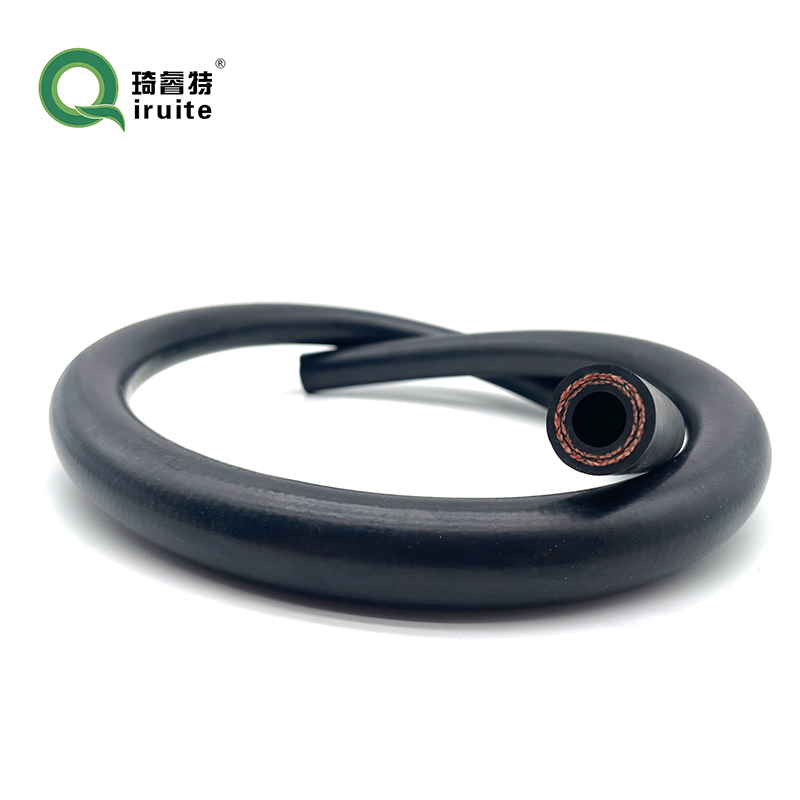clamping brake lines
Understanding Clamping Brake Lines Importance and Functionality
When it comes to vehicle safety, the braking system is a critical component that demands our attention. One often-overlooked aspect of this system is the clamping brake lines. Brake lines are responsible for transferring brake fluid from the master cylinder to the brake calipers. Consequently, their integrity and functionality are paramount for optimal braking performance. Clamping brake lines play a pivotal role in ensuring that these lines are secure and free from leaks.
What Are Clamping Brake Lines?
Clamping brake lines refer to the method used to hold brake lines in place, preventing them from moving excessively due to vibrations or road conditions. These clamps can be made from various materials, including metal and plastic, and they are specifically designed to maintain the correct positioning of the brake lines along the vehicle chassis.
The Importance of Clamping Brake Lines
1. Safety The most critical reason to ensure that brake lines are properly clamped is safety. Loose or improperly secured brake lines can lead to a significant loss of braking power, which could result in accidents. A firm clamp ensures that the brake lines are appropriately aligned and that the brake fluid pressure can be maintained at optimal levels.
2. Preventing Damage Clamped brake lines mitigate the risk of abrasion and damage caused by metal parts of the vehicle or other components. Without proper clamping, the brake lines could rub against sharp edges or get pinched, leading to leaks and potentially catastrophic failures.
3. Ease of Maintenance Well-clamped brake lines facilitate easier maintenance checks. Technicians can quickly assess the layout and condition of the brake lines without having to deal with excessive movement or misalignment. This can save time during servicing, allowing for quicker fixes and ensuring that vehicles remain in prime condition.
clamping brake lines

4. Temperature Management Brake lines can heat up due to friction, especially during aggressive braking maneuvers. Properly clamped brake lines can help manage heat dissipation. By keeping the lines securely in place, they can better tolerate temperature fluctuations, thus enhancing longevity and reliability.
Best Practices for Clamping Brake Lines
Regular inspection of the brake lines and their clamps should be part of routine vehicle maintenance. Here are some best practices
- Visual Inspections Routinely check the condition of your brake lines and clamps for signs of wear or damage.
- Ensure Tightness Make sure that all clamps are securely tightened. Loose clamps can lead to movement that might cause damage over time.
- Use Quality Materials When replacing or repairing brake lines and clamps, opt for high-quality materials that offer durability and resistance to wear.
- Consult Professionals If you’re uncertain about the condition of your brake lines, consult a professional. They can provide a thorough inspection and recommend necessary repairs.
In conclusion, clamping brake lines are a fundamental aspect of a vehicle's braking system. They not only enhance safety but also contribute to the overall performance and longevity of the brakes. Regular maintenance and attention to these details can greatly reduce the risk of breakage and ensure that your vehicle remains safe and reliable on the road.
-
Ultimate Spiral Protection for Hoses & CablesNewsJun.26,2025
-
The Ultimate Quick-Connect Solutions for Every NeedNewsJun.26,2025
-
SAE J1401 Brake Hose: Reliable Choice for Safe BrakingNewsJun.26,2025
-
Reliable J2064 A/C Hoses for Real-World Cooling NeedsNewsJun.26,2025
-
Heavy-Duty Sewer Jetting Hoses Built to LastNewsJun.26,2025
-
Fix Power Steering Tube Leaks Fast – Durable & Affordable SolutionNewsJun.26,2025

